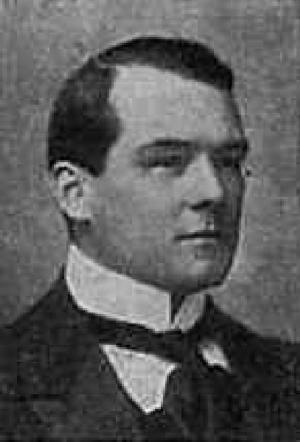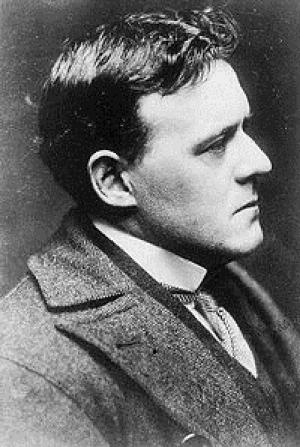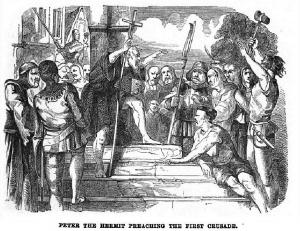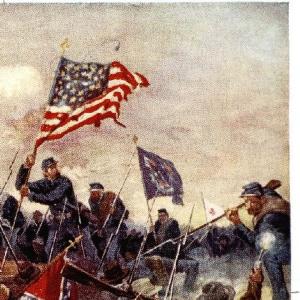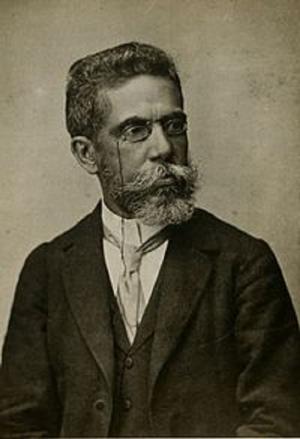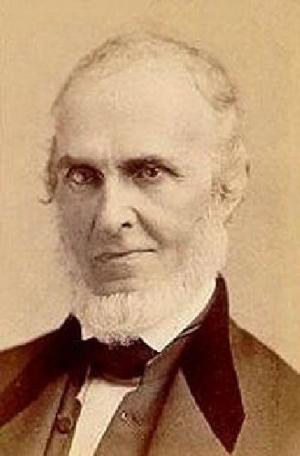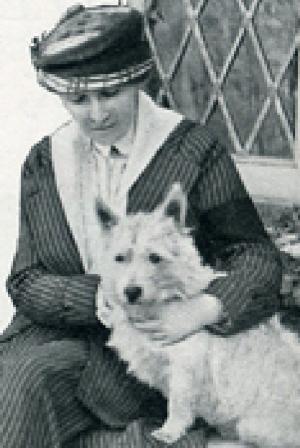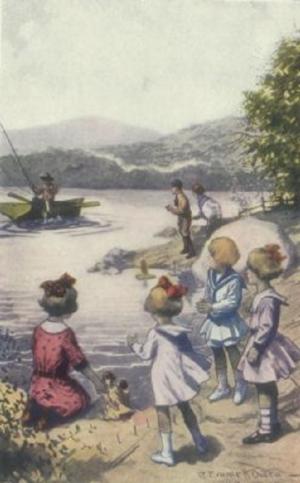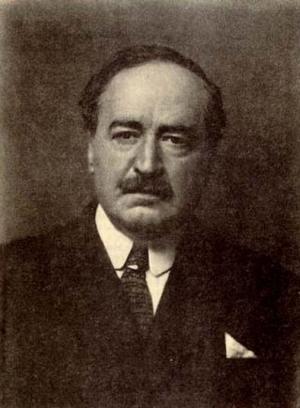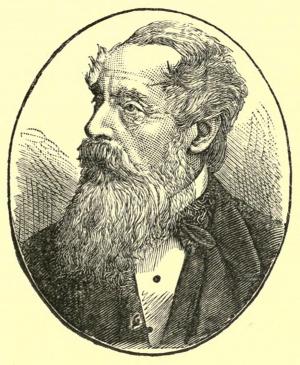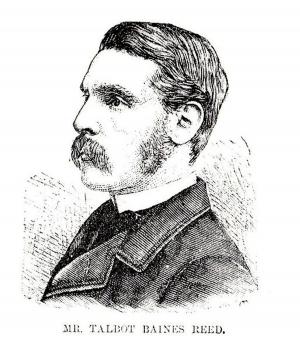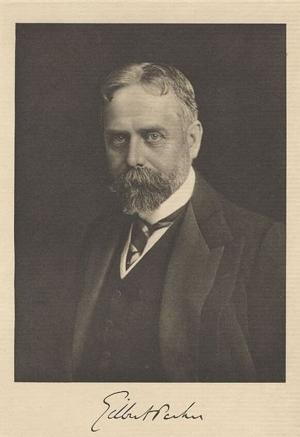The Three Admirals, Life in the Royal Navy in the 1860s
Fiction & Literature, Classics, Kids, Teen, General Fiction, Fiction| Author: | Kingston, W.H.G. | ISBN: | 9781455394180 |
| Publisher: | B&R Samizdat Express | Publication: | June 10, 2015 |
| Imprint: | Quench Editions | Language: | English |
| Author: | Kingston, W.H.G. |
| ISBN: | 9781455394180 |
| Publisher: | B&R Samizdat Express |
| Publication: | June 10, 2015 |
| Imprint: | Quench Editions |
| Language: | English |
This is the fourth in Kingston's tetralogy that begins with The Three Midshipmen, and ends with The Three Admirals. These books were among the first written by Kingston, and were published serially in weekly magazines. Kingston's reputation was made by these books, that first appeared about 1860, and dealt with an officer's life in the Navy at about that time. By an extraordinary co-incidence, the three young men who had met as midshipmen, get postings that enable them to keep their friendships live even when they are Admirals. Another old friend is Admiral Triton, who, is now dead and buries on the Isle of Wight, but they get to visit his grave. According to Wikipedia: "William Henry Giles Kingston (28 February 1814 - 5 August 1880), writer of tales for boys, was born in London, but spent much of his youth in Oporto, where his father was a merchant. His first book, The Circassian Chief, appeared in 1844. His first book for boys, Peter the Whaler, was published in 1851, and had such success that he retired from business and devoted himself entirely to the production of this kind of literature, in which his popularity was deservedly great; and during 30 years he wrote upwards of 130 tales, including The Three Midshipmen (1862), The Three Lieutenants (1874), The Three Commanders (1875), The Three Admirals (1877), Digby Heathcote, etc. He also conducted various papers, including The Colonist, and Colonial Magazine and East India Review. He was also interested in emigration, volunteering, and various philanthropic schemes. For services in negotiating a commercial treaty with Portugal he received a Portuguese knighthood, and for his literary labours a Government pension."
This is the fourth in Kingston's tetralogy that begins with The Three Midshipmen, and ends with The Three Admirals. These books were among the first written by Kingston, and were published serially in weekly magazines. Kingston's reputation was made by these books, that first appeared about 1860, and dealt with an officer's life in the Navy at about that time. By an extraordinary co-incidence, the three young men who had met as midshipmen, get postings that enable them to keep their friendships live even when they are Admirals. Another old friend is Admiral Triton, who, is now dead and buries on the Isle of Wight, but they get to visit his grave. According to Wikipedia: "William Henry Giles Kingston (28 February 1814 - 5 August 1880), writer of tales for boys, was born in London, but spent much of his youth in Oporto, where his father was a merchant. His first book, The Circassian Chief, appeared in 1844. His first book for boys, Peter the Whaler, was published in 1851, and had such success that he retired from business and devoted himself entirely to the production of this kind of literature, in which his popularity was deservedly great; and during 30 years he wrote upwards of 130 tales, including The Three Midshipmen (1862), The Three Lieutenants (1874), The Three Commanders (1875), The Three Admirals (1877), Digby Heathcote, etc. He also conducted various papers, including The Colonist, and Colonial Magazine and East India Review. He was also interested in emigration, volunteering, and various philanthropic schemes. For services in negotiating a commercial treaty with Portugal he received a Portuguese knighthood, and for his literary labours a Government pension."

